Code
HCS18327
Weight
3.04 Kg / 6.7 lbs
Size
Height
23cm (9") Width
15cm (6") Depth
14cm (6") Material
Brass
Availability
Available
Date Added
2020-03-15 02:11:16
Note : We used to sell this product 5 years ago so it may no longer be in our stock.
It is possible that we still have it with our suppliers but the price could be different from before.
Feel free to order. We will verify availability and inform you promptly.
It is possible that we still have it with our suppliers but the price could be different from before.
Feel free to order. We will verify availability and inform you promptly.

Safe Payment
We accept Paypal, Money Transfer, Bank Transfer
Confidence
Protection covers your purchase and personal data.
Worldwide Delivery
We ship Worldwide, except Russia.Shipping cost US$25.2 for upto 0.5 kgs

Hotline
Talk to help line for your question on 9841267335Process: Sand Casting
This Statue Of Indra, [antique Finishing] has been created using the sand casting system, also known as sand molding casting. This widely employed manufacturing process utilizes a sand mold to produce metal products and components in various sizes and shapes. Sand casting holds significant popularity in the industry, accounting for approximately 60% of all metal castings. The sand casting process involves six primary steps. First, a pattern or replica of the desired sculpture, in this case, Statue Of Indra, [antique Finishing], is created using a material like wood or metal. The pattern is then placed in a flask, which is a box-like structure divided into two halves. The next step involves packing the flask tightly with specially formulated molding sand, creating a mold cavity that matches the shape of the pattern. The pattern is subsequently removed, leaving behind a negative impression of the sculpture within the sand mold. Read More . . .
This Statue Of Indra, [antique Finishing] has been created using the sand casting system, also known as sand molding casting. This widely employed manufacturing process utilizes a sand mold to produce metal products and components in various sizes and shapes. Sand casting holds significant popularity in the industry, accounting for approximately 60% of all metal castings. The sand casting process involves six primary steps. First, a pattern or replica of the desired sculpture, in this case, Statue Of Indra, [antique Finishing], is created using a material like wood or metal. The pattern is then placed in a flask, which is a box-like structure divided into two halves. The next step involves packing the flask tightly with specially formulated molding sand, creating a mold cavity that matches the shape of the pattern. The pattern is subsequently removed, leaving behind a negative impression of the sculpture within the sand mold. Read More . . .
Brief Introduction :
Indra is the King of the demi-gods or Devas and Lord of Heaven Hindu mythology. He is also the God of War, Storms, and Rainfall.
Indra is one of the chief deities in the Rigveda. He is celebrated as a demiurge who pushes up the sky, releases dawn (Ushas) from the Vala cave, and slays Vṛtra; both latter actions are central to the Soma sacrifice. On the other hand, he also commits (like Zeus) many kinds of mischief (kilbiṣa) for which he is sometimes punished. He has many epithets, notably vṛṣan the bull, and vṛtrahan, slayer of Vṛtra and maghavan "the bountiful'. Indra appears as the name of an arch-demon in the Zoroastrian religion, while his epithet Verethragna appears as a god of victory.
In Puranic mythology, Indra is bestowed with a heroic and almost brash and amorous character at times, even as his reputation and role diminished in later Hinduism with the rise of the Trimurti. Indra is also called Śakra frequently in the Vedas and in Buddhism.
Budddhist Definition :Indra is one of the chief deities in the Rigveda. He is celebrated as a demiurge who pushes up the sky, releases dawn (Ushas) from the Vala cave, and slays Vṛtra; both latter actions are central to the Soma sacrifice. On the other hand, he also commits (like Zeus) many kinds of mischief (kilbiṣa) for which he is sometimes punished. He has many epithets, notably vṛṣan the bull, and vṛtrahan, slayer of Vṛtra and maghavan "the bountiful'. Indra appears as the name of an arch-demon in the Zoroastrian religion, while his epithet Verethragna appears as a god of victory.
In Puranic mythology, Indra is bestowed with a heroic and almost brash and amorous character at times, even as his reputation and role diminished in later Hinduism with the rise of the Trimurti. Indra is also called Śakra frequently in the Vedas and in Buddhism.
In Buddhism and Jainism, Indra is commonly called by his other name, Śakra or Sakka, ruler of the Trāyastriṃśa heaven. However, Śakra is sometimes given the title Indra, or, more commonly, Devānām Indra, "Lord of the Devas". The ceremonial name of Bangkok claims that the city was "given by Indra and built by Vishvakarman." The provincial seal of Surin Province, Thailand is an image of Indra atop Airavata.


![Statue Of Indra, [antique Finishing]](https://handicraftseller.com/uploads/pics/product/thumb/2020/03/18327.jpg)
![Statue Of Indra, [antique Finishing]](https://handicraftseller.com/uploads/pics/product/thumb/2020/03/18327_0.jpg)
![Statue Of Indra, [antique Finishing]](https://handicraftseller.com/uploads/pics/product/thumb/2020/03/18327_1.jpg)
![Statue Of Indra, [antique Finishing]](https://handicraftseller.com/uploads/pics/product/thumb/2020/03/18327_2.jpg)
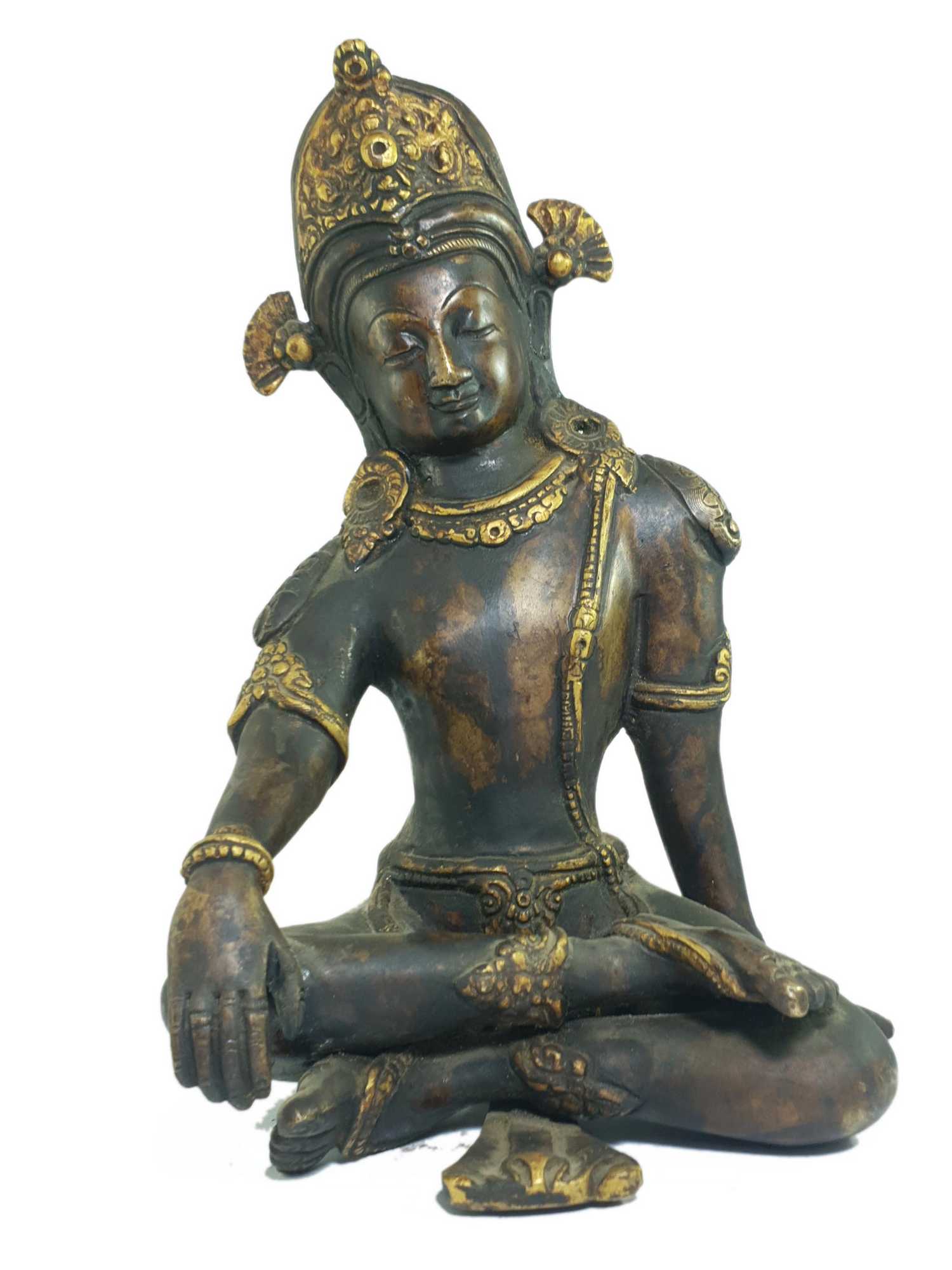
 of Shehnai Player
of Shehnai Player 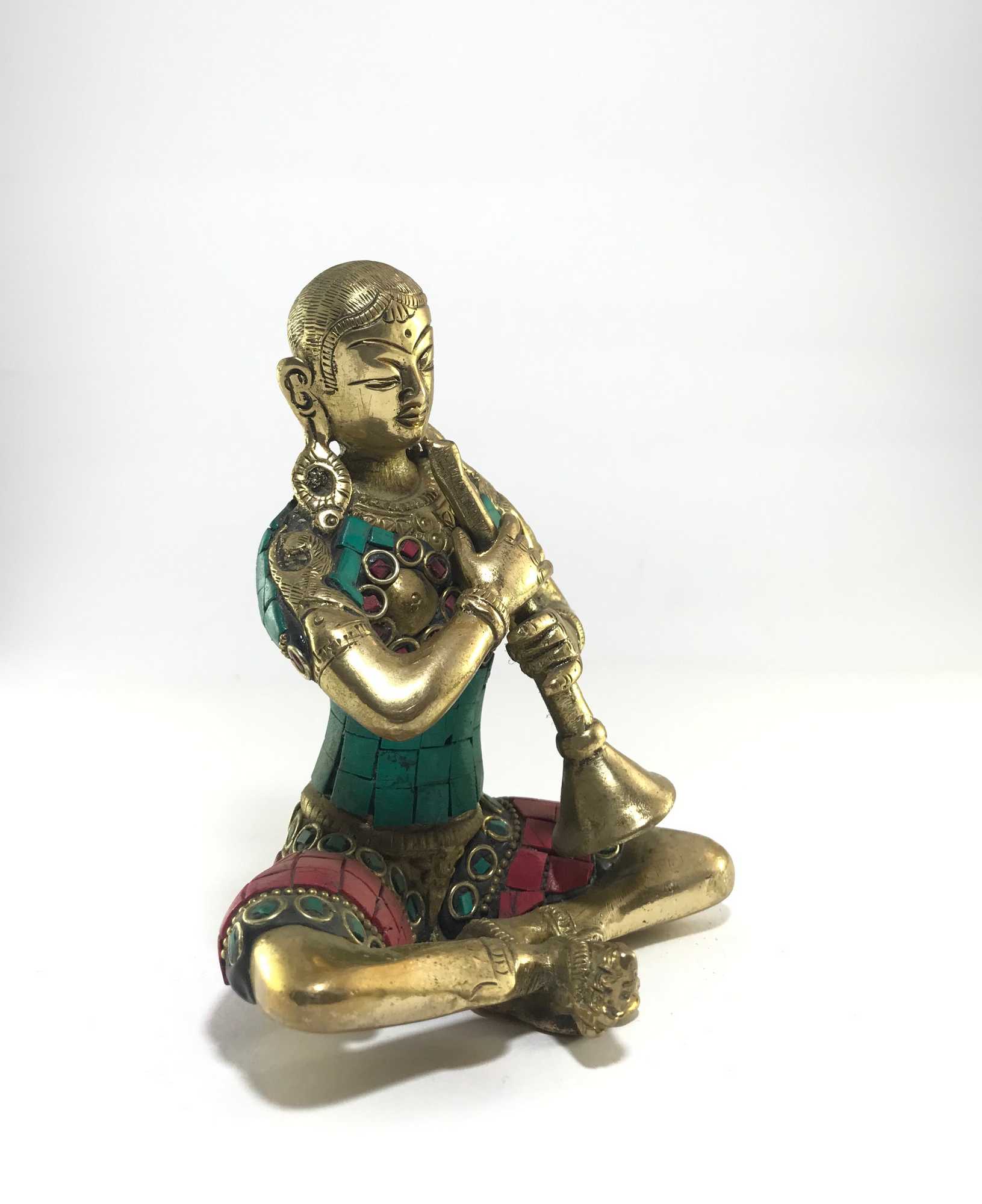 of Shehnai Player
of Shehnai Player  of Dholka Player
of Dholka Player 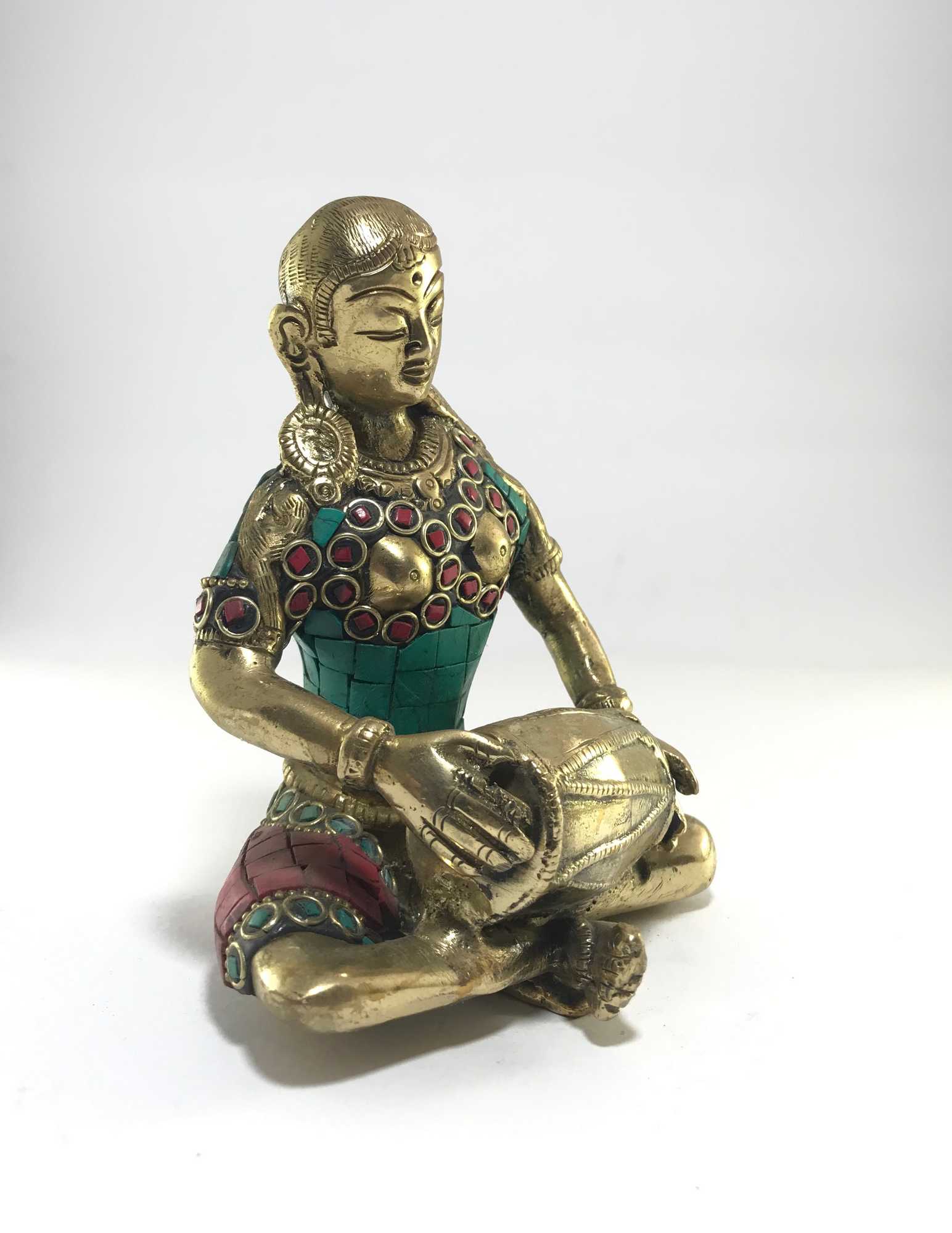 of Dholka Player
of Dholka Player  of A Man Playing Madal,
of A Man Playing Madal, 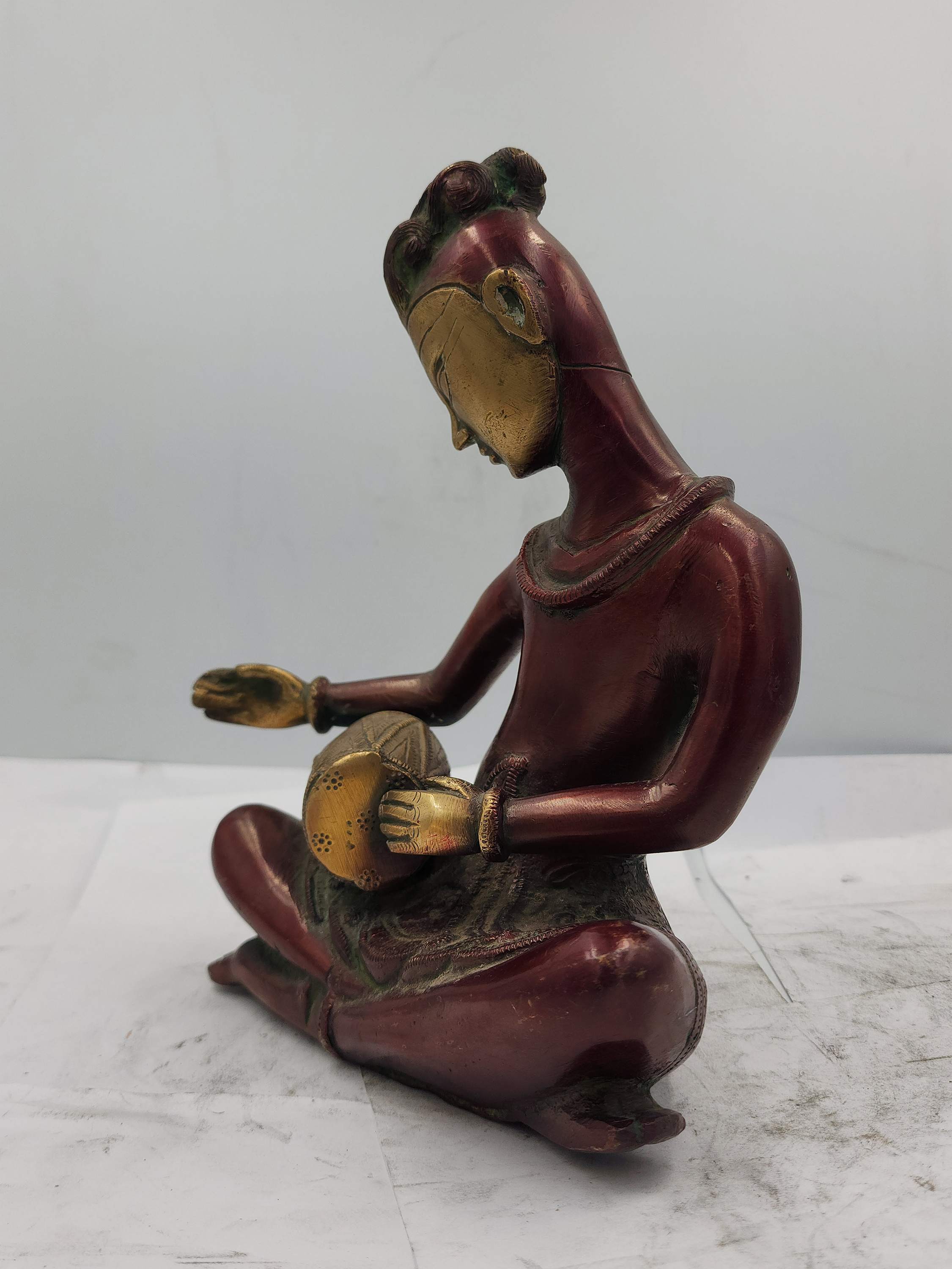 of A Man Playing Madal,
of A Man Playing Madal,  of Elephant" title="Statue
of Elephant" title="Statue 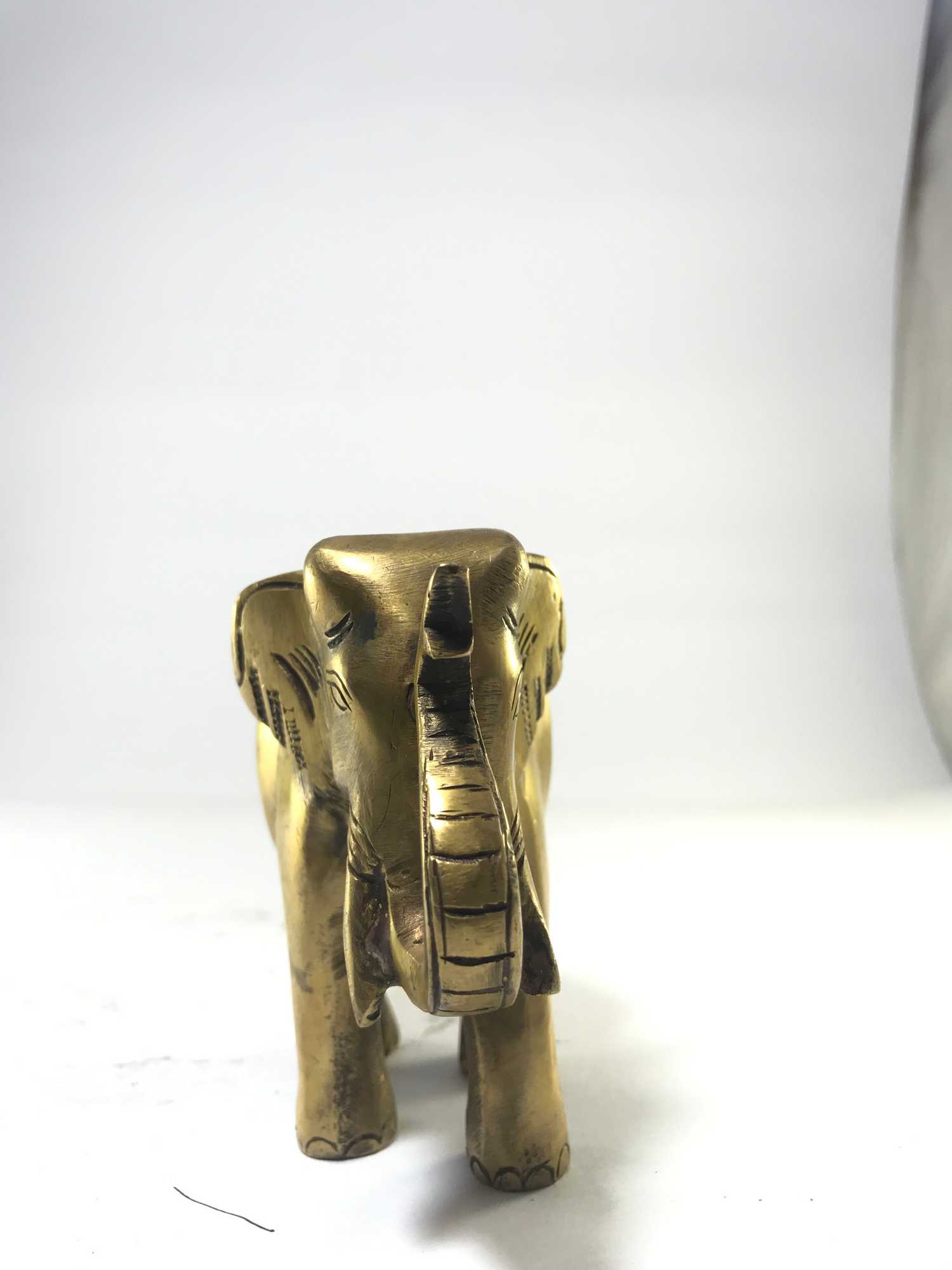 of Elephant" title="Statue
of Elephant" title="Statue  of Barahi,
of Barahi, 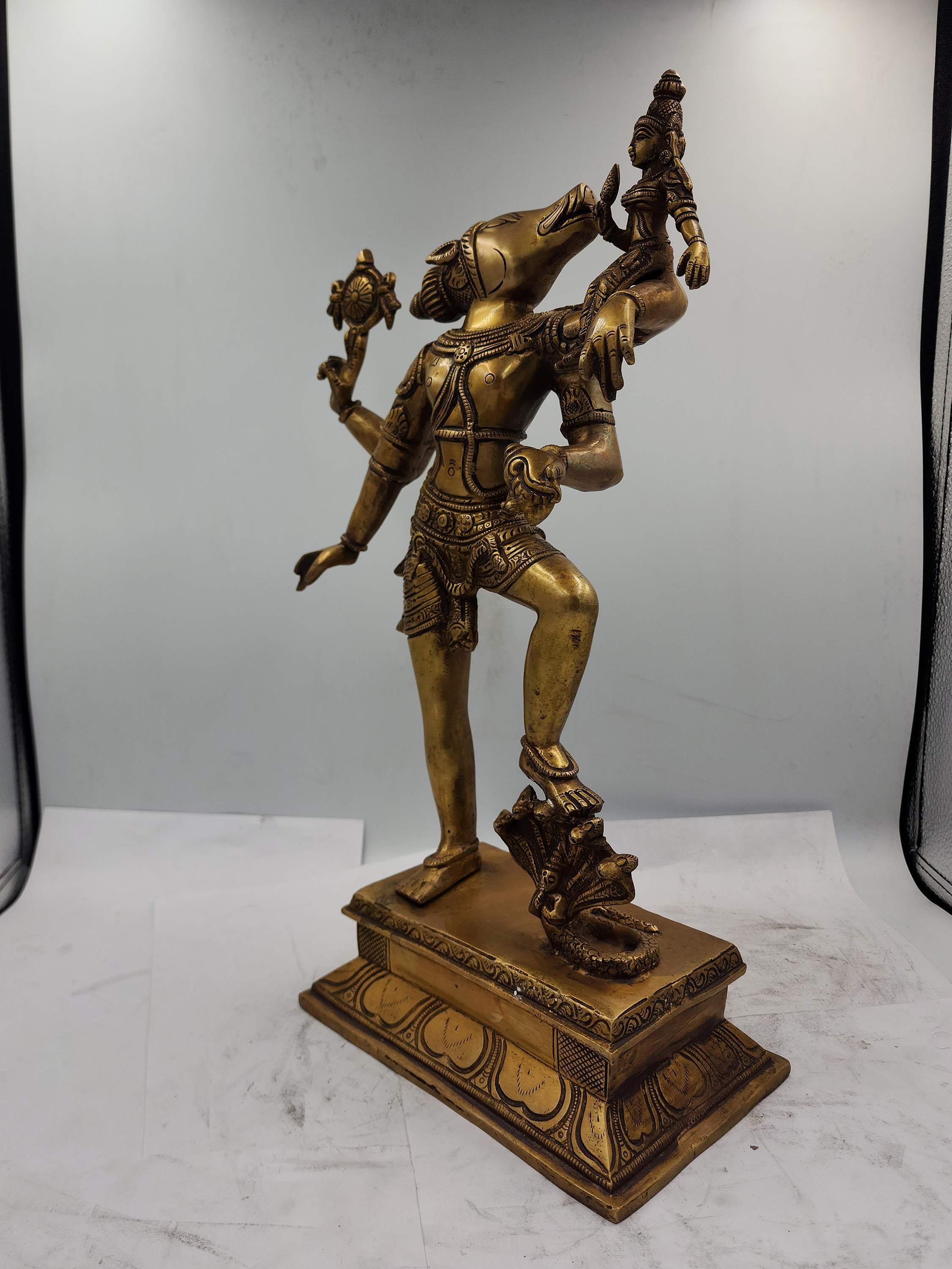 of Barahi,
of Barahi, 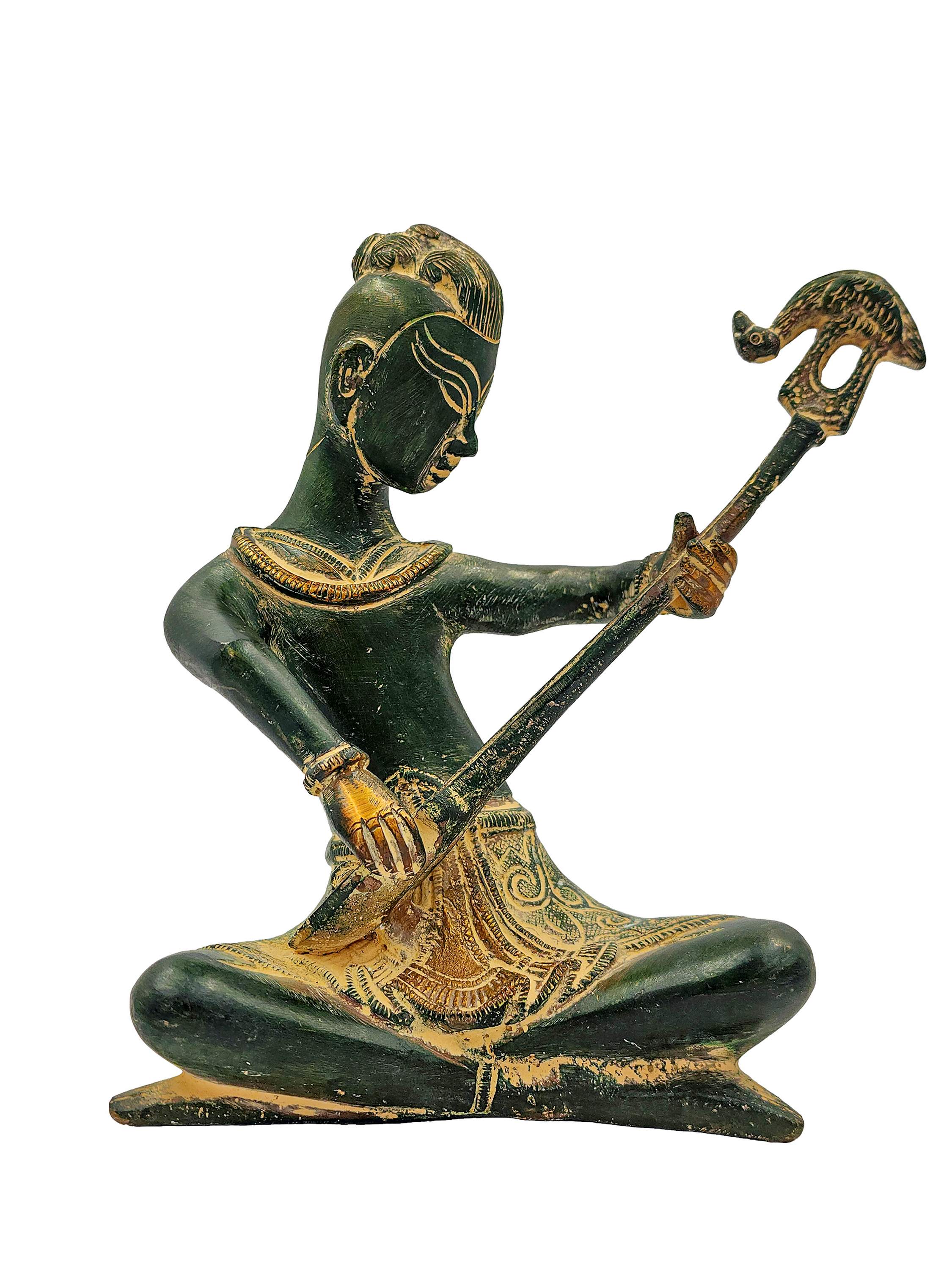 of A Lady Playing Sitar,
of A Lady Playing Sitar, 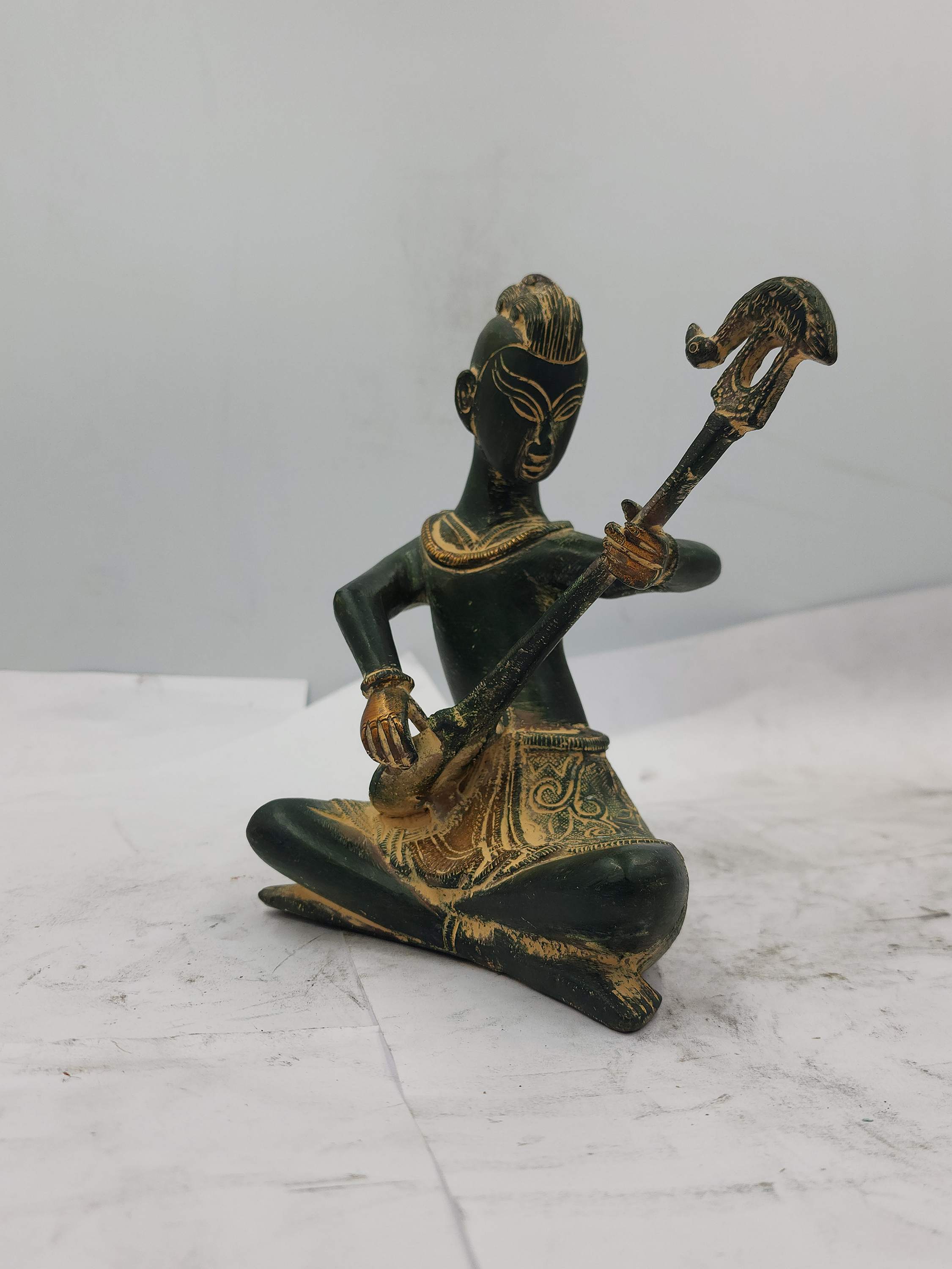 of A Lady Playing Sitar,
of A Lady Playing Sitar, 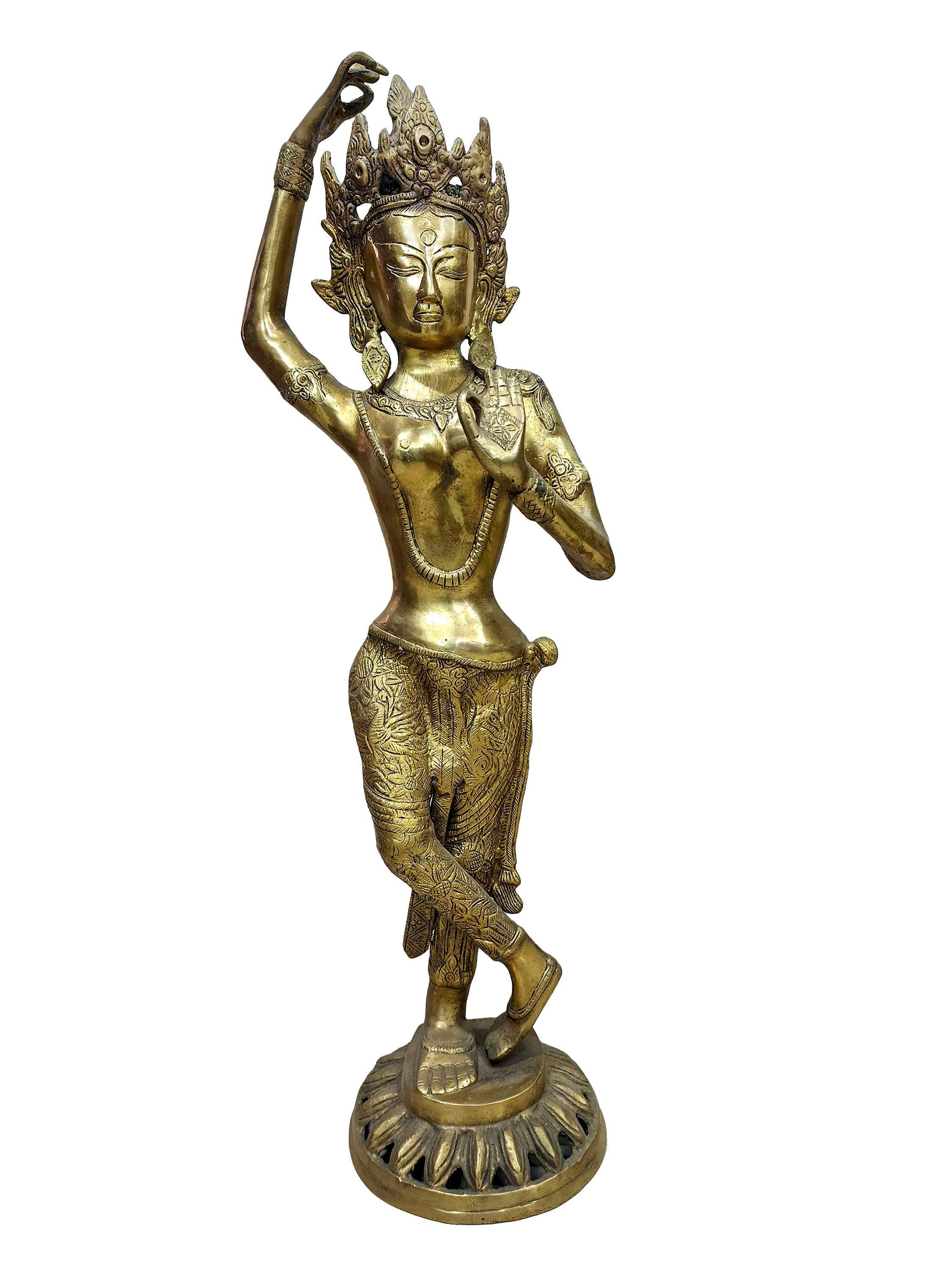 of Maya Devi,
of Maya Devi, 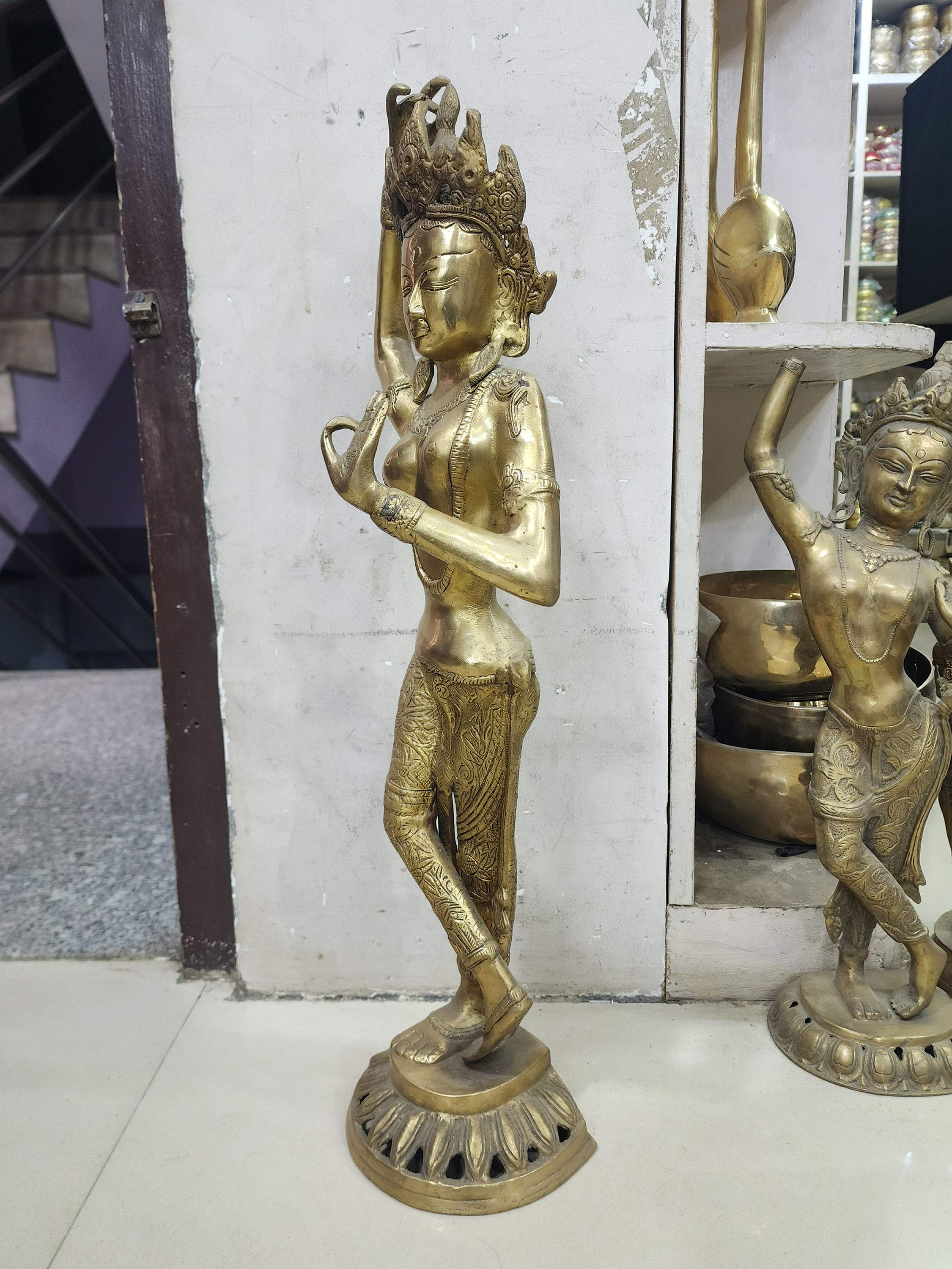 of Maya Devi,
of Maya Devi,  of Nandi Ox" title="Statue
of Nandi Ox" title="Statue  of Nandi Ox" title="Statue
of Nandi Ox" title="Statue 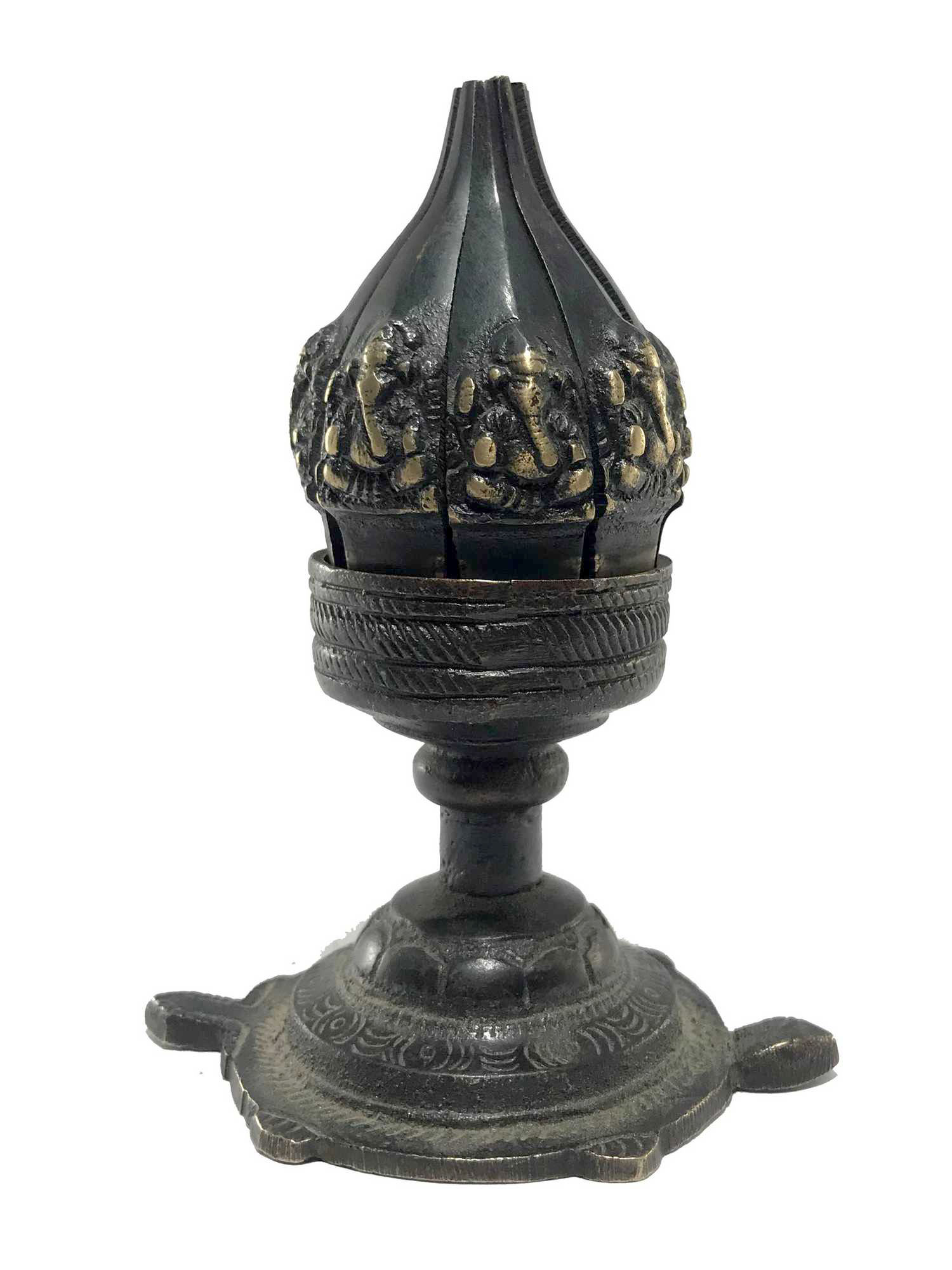
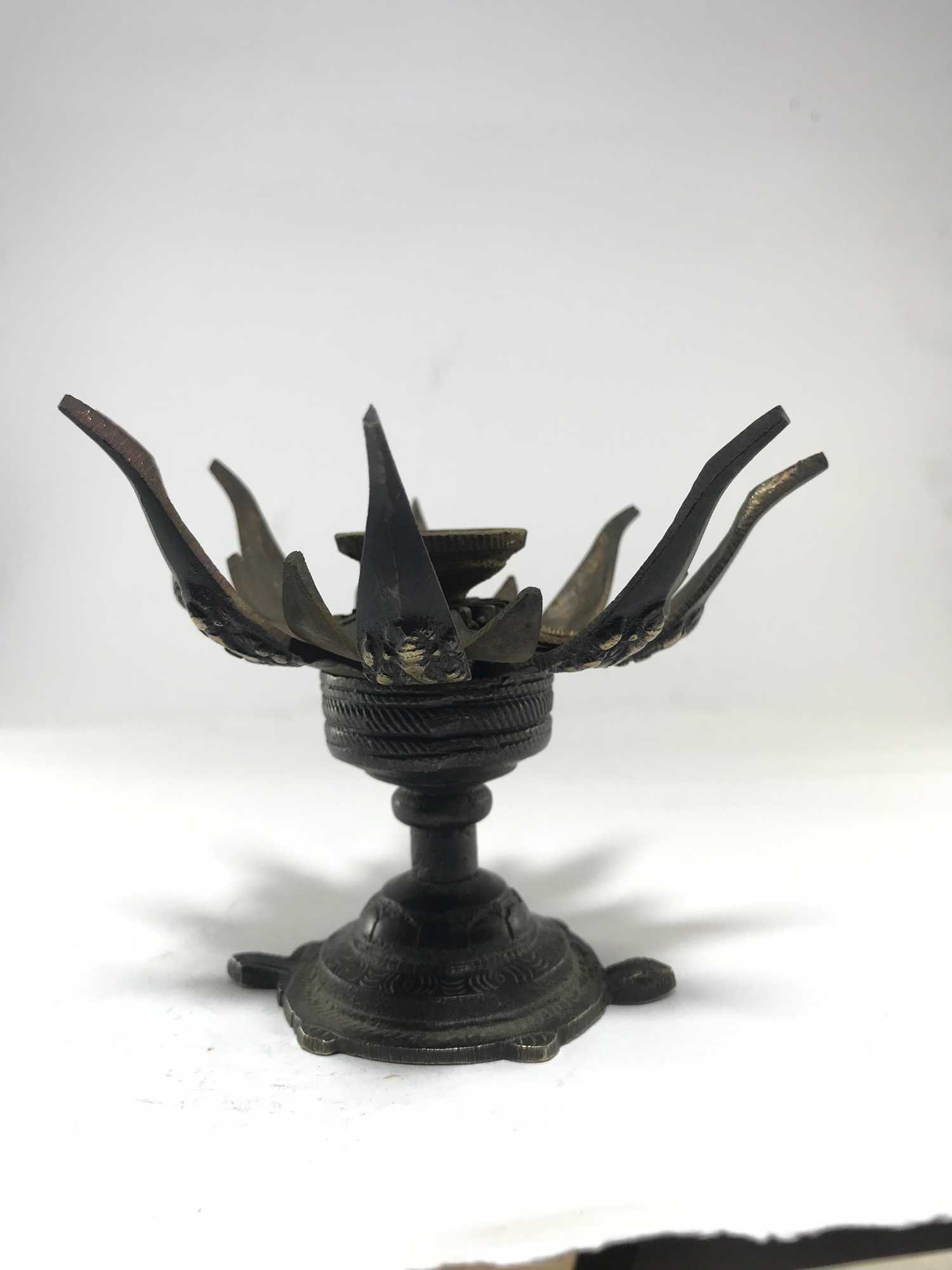
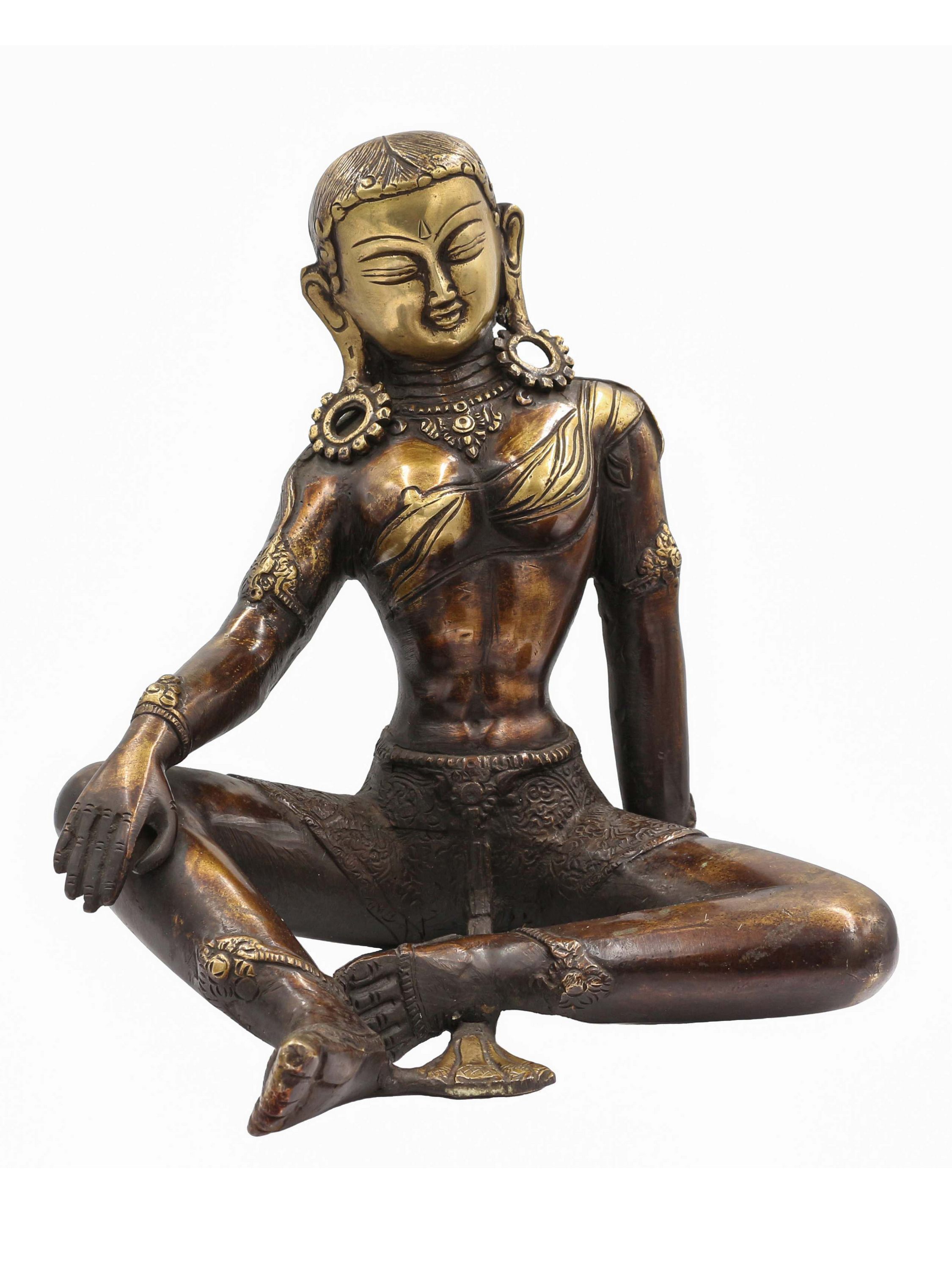 of Parvati,
of Parvati, 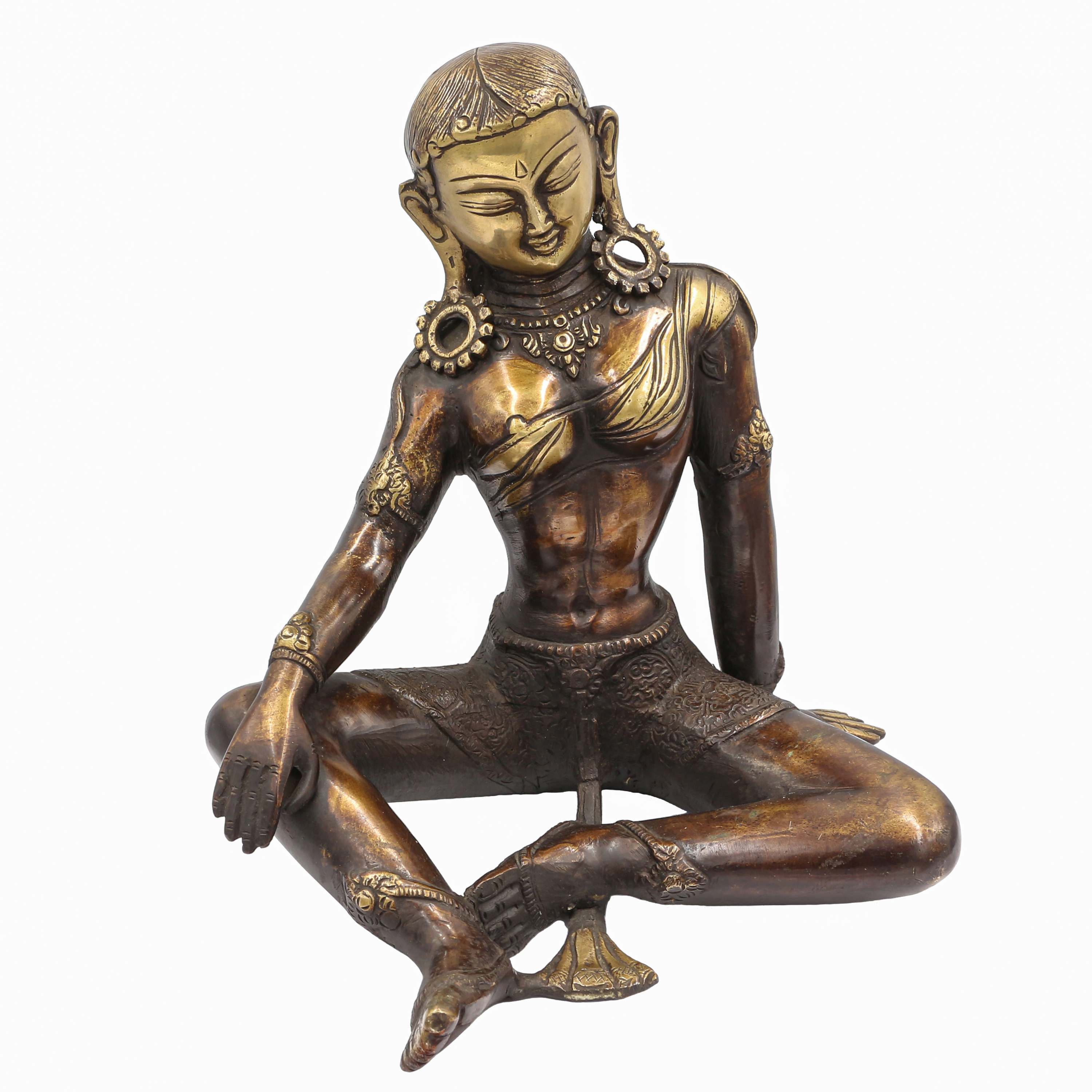 of Parvati,
of Parvati,